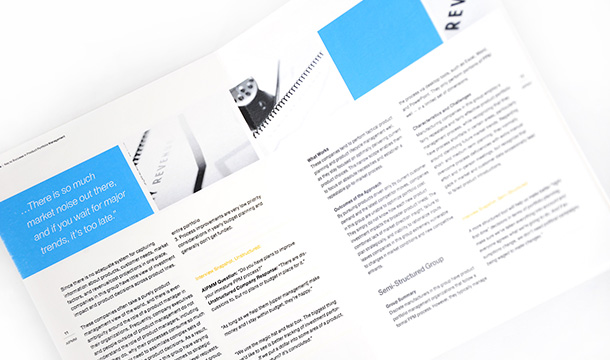What is a Whitepaper and how can it help you?

A white paper is an informational document, issued by a company or not-for-profit organization, to promote or highlight the features of a solution, product, or service. White papers are sales and marketing documents, used to entice or persuade potential customers to learn more about or purchase a particular product, service, technology or methodology
The definition varies heavily from industry to industry, which can be a little confusing for marketers looking to create one for their business.
In tech, a whitepaper usually describes a theory behind a new piece of technology. Even a business white paper can serve a variety of uses and audiences — some more product-focused than others. And although it is put together like an ebook, the two are written quite differently.
What Is a Whitepaper Not?
A product pitch.
The goal of a white paper is to inform and persuade based on facts and evidence, not tell the world why people need to buy your product right now.
Breaking down White papers
Many white papers are designed for B2B (business to business) marketing purposes, such as between a manufacturer and a wholesaler, or between a wholesaler and a retailer. The white paper is used to inform and persuade the other company that a certain offering (such as a product or technology) is superior for solving a particular business problem or addressing a certain challenge.
In relation to B2B marketing, there are three main types of white papers: backgrounders, which explain the technical features of a particular offering; numbered lists, which highlight tips or points regarding an offering; and problem/solution white papers, which introduce an improved solution to a common business or technical challenge.
White papers differ from other marketing materials, such as brochures. While brochures and other materials might be flashy and include obvious sales pitches, a white paper is intended to provide persuasive and factual evidence that a particular offering is a superior method of approaching or solving a problem or challenge. In general, white papers are at least 2,500 words in length and are written in a more academic style.
How Do You Make a Whitepaper?
Technically, there are no minimum requirements for whitepapers. Anyone can call anything a white paper – this doesn’t mean you should, though. Without some boundaries on what is and what isn’t a white paper, we risk confusing our audience and losing credibility. Here’s what an A+ whitepaper looks like:
Length: No fewer than six pages, including illustrations, charts, and references. Can be upwards of 50 if the topic requires that much detail. (Chances are, it won’t.)
Structure: There is usually a title page, table of contents, short executive summary (optional but helpful), introduction, several pages educating the reader about the problem, several pages hypothesizing a solution, several pages offering an example of a company that used that solution to achieve results, and a conclusion.
Density: Denser than an ebook. Whitepapers aren’t usually easy to skim — in fact, readers usually need to read them over more than once to get every morsel of information out of it.
Format: PDF in portrait orientation (8.5″ by 11″).
Style: Professional, serious, well written, and well edited. I’d recommend hiring a graphic designer to design page layout, images, fonts, and colors as well.
Conclusion
In contrast with brochures, these white papers don’t have as clear of a sales pitch; instead, they dig into relevant topics. Through reading these white papers, potential customers could come to better understand the rationale for using your product or service.
